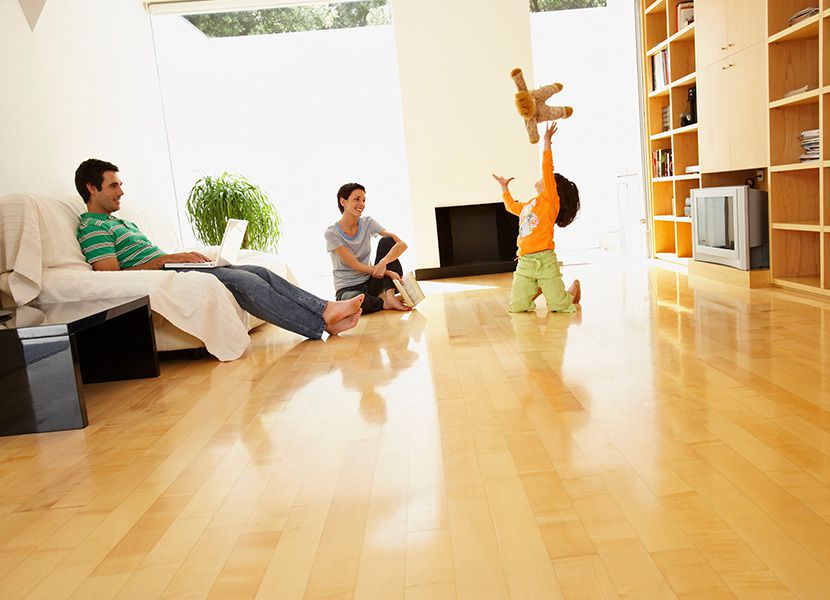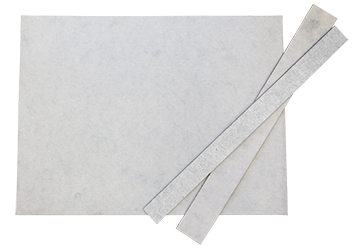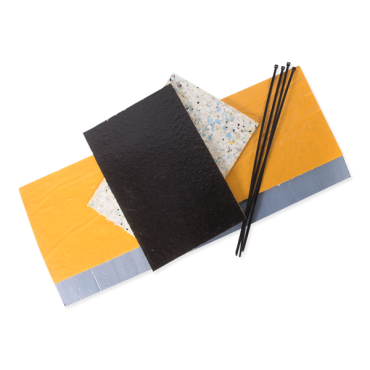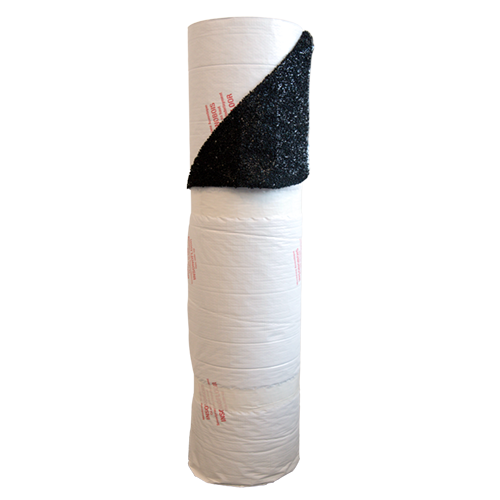Noise, a Powerful Enemy

Our society is noisy; wherever we go, there seems to be a constant racket. This is why, at home and even at work, we seek a calm environment. Buildings themselves face an imposing challenge when it comes to encouraging silence. Over time, the noise environment of a building has become a major concern for homeowners, tenants, and buyers.
Soundproofing is the solution! We should think about the soundproofing of the building before its construction in order to optimize its performance. So, let’s consider the four phenomena that influence noise propagation in a building, as well as possible soundproofing solutions for each of them.
Density
The density of the host material will modify vibration levels.
Solution: Use low-density or soft materials like gypsum or wood fibres to attenuate the energy of vibrations more quickly.
Porosity
Empty space is the only absolute obstacle to the propagation of noise. Some materials can be good or bad noise conductors depending on their composition.
Solution: Use porous materials such as cellulose and rock or glass wool. Vibrations will continuously collide with the irregular structures composed of solids and air pockets. The heat produced by the impacts dissipates the energy of the vibration within the structure of the material. This phenomenon is called dissipation.
Mass
The mass of a material favours or disadvantages the conduction of noise according to the tendency to oscillate of this material. A low-mass material is light and will vibrate easily.
Solution: Use massive or heavy materials when dealing with airborne noise. They prevent noise conduction because the energy necessary to make them vibrate is much superior to that produced by a sound wave. The heavy mass must be combined with a resilient material to reduce impact noise.
Direct contact
Solid materials that are in direct contact with rigid materials in the structure, such as floor finishes, can propagate noise and even vibration.
Solution: Use resilient materials between the high-density and solid materials to avoid vibration propagation. The creation of this absorption field is called dissociation. Several products like INSONOFLOOR, INSONOTEX, ACOUSTIBOARD, ACOUSTIVIBE and SOPRAWAY NG2 are resilient, high-performance materials for soundproofing.
SOPREMA offers a complete and efficient range of soundproofing products. For more information about our products or for online advice from our experts, visit our website soprema.ca


